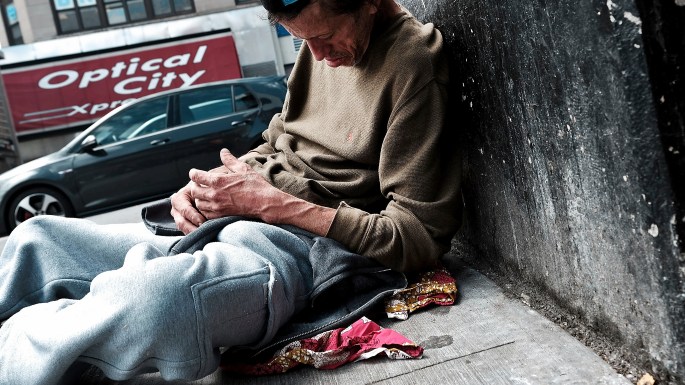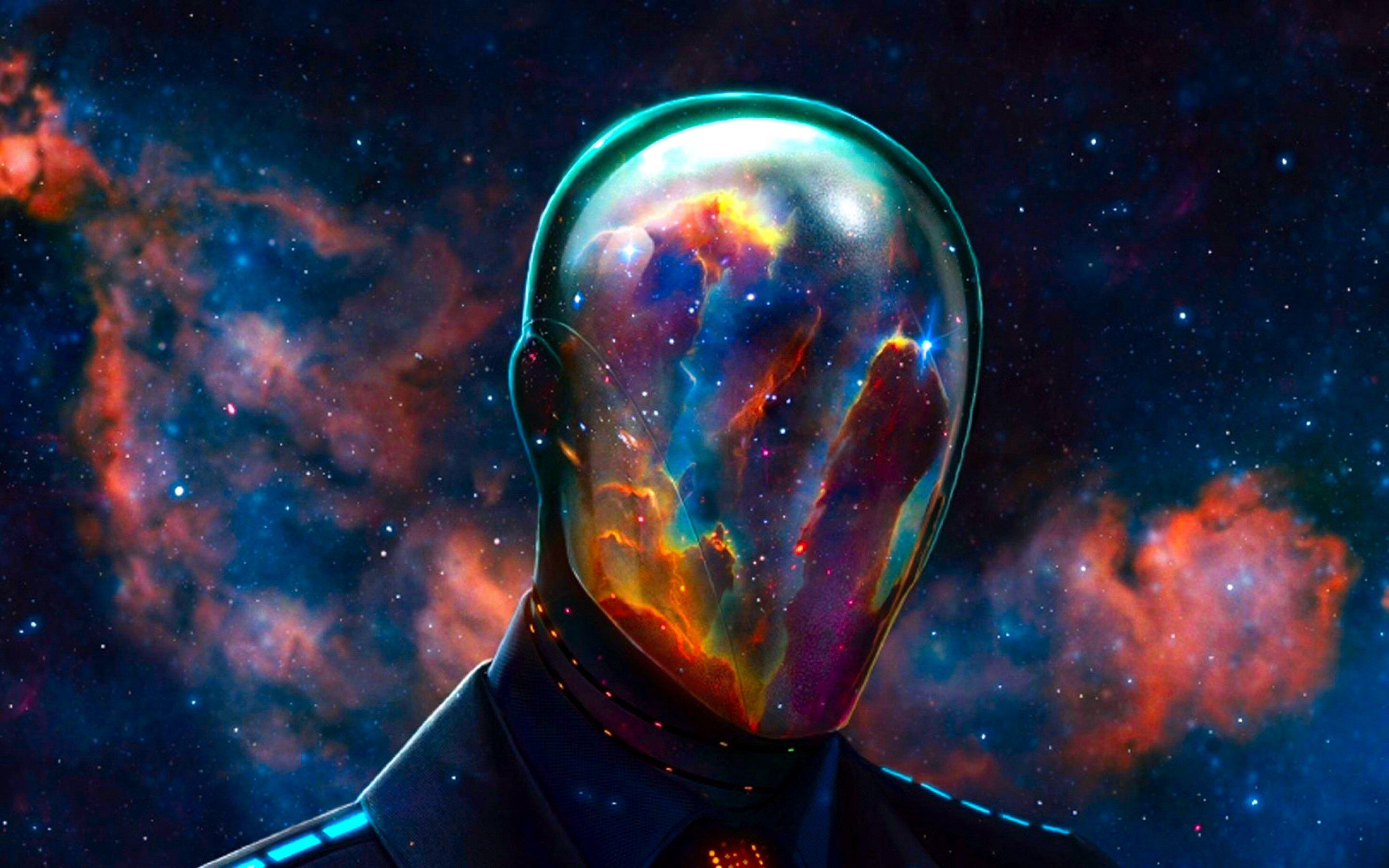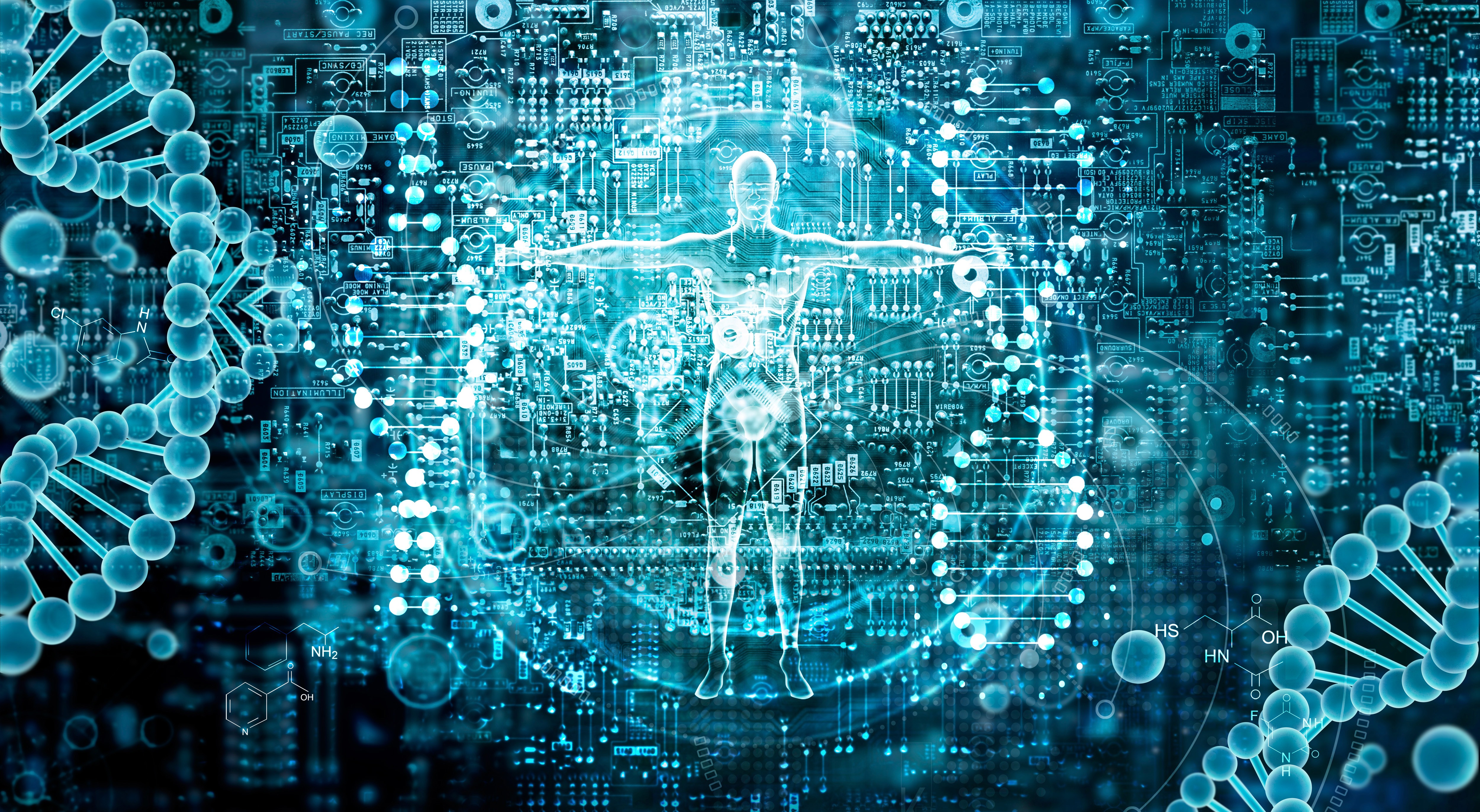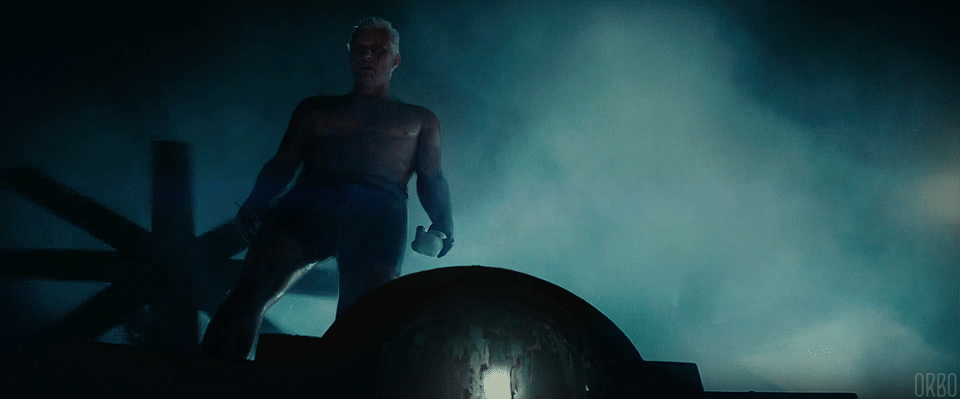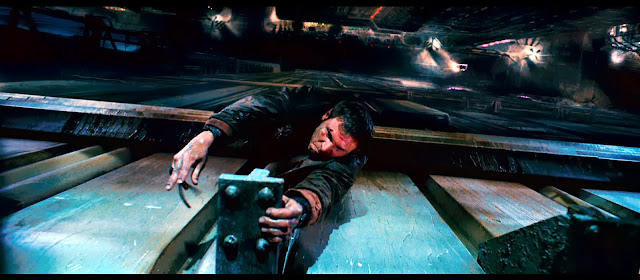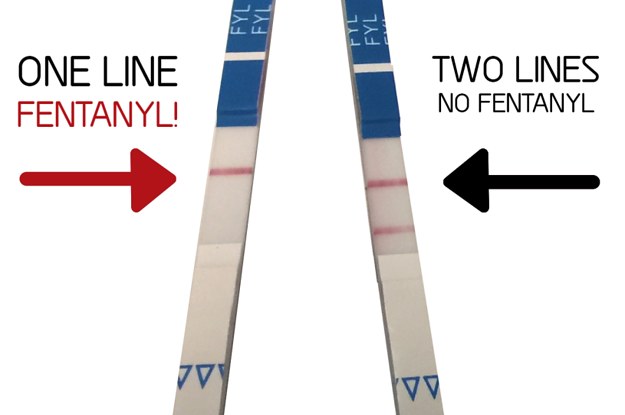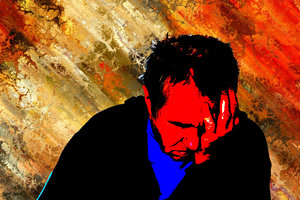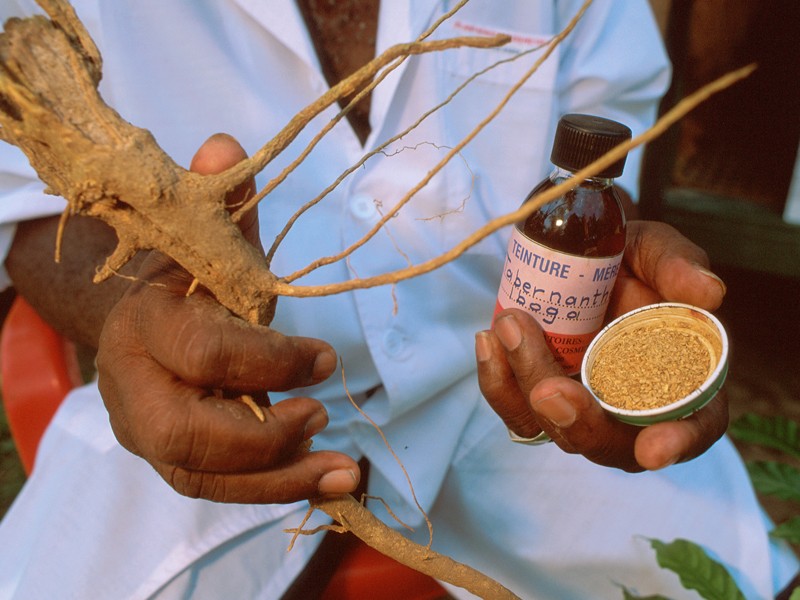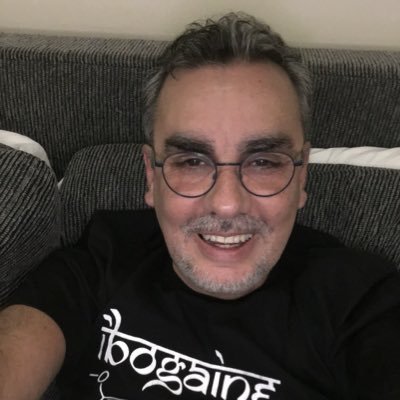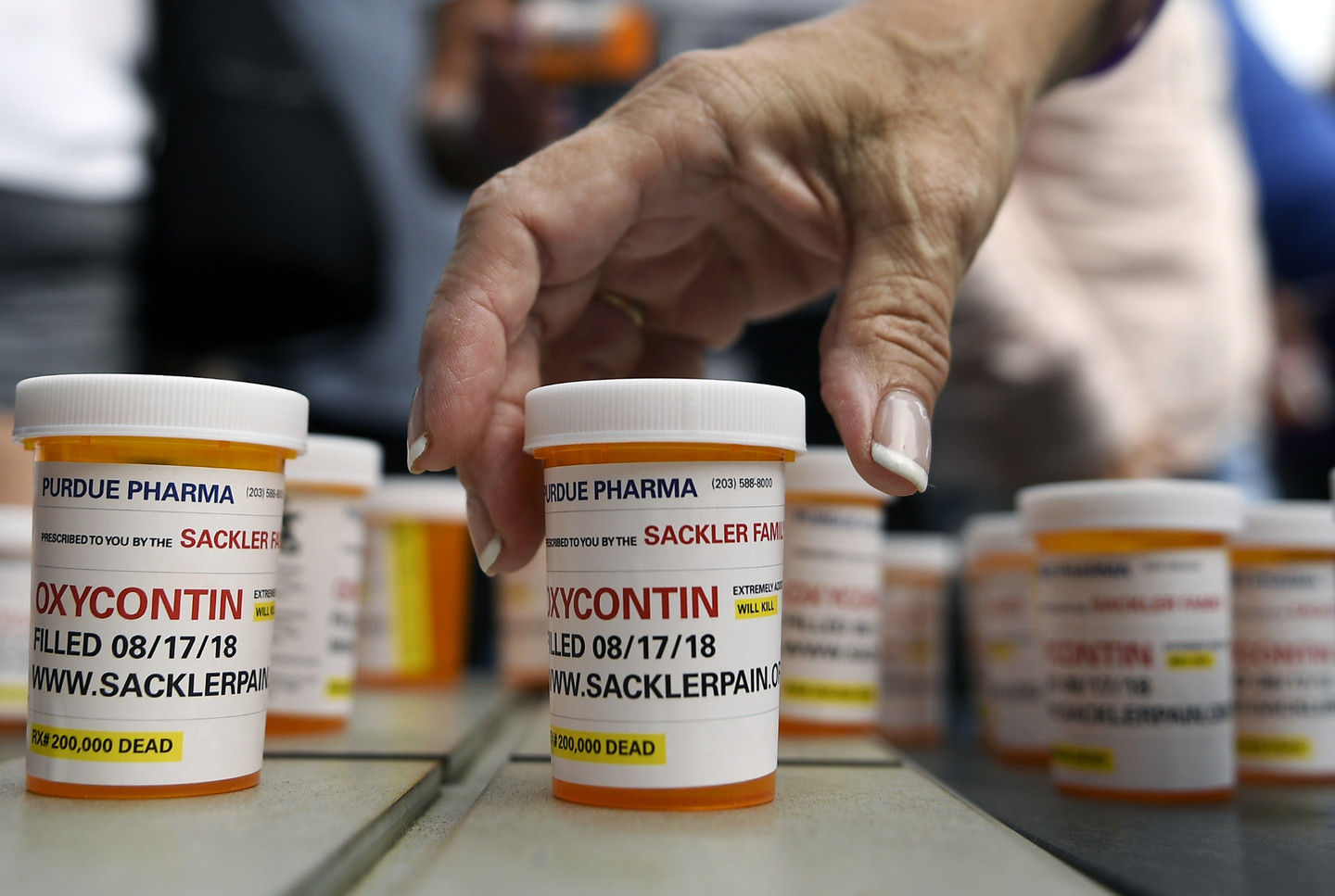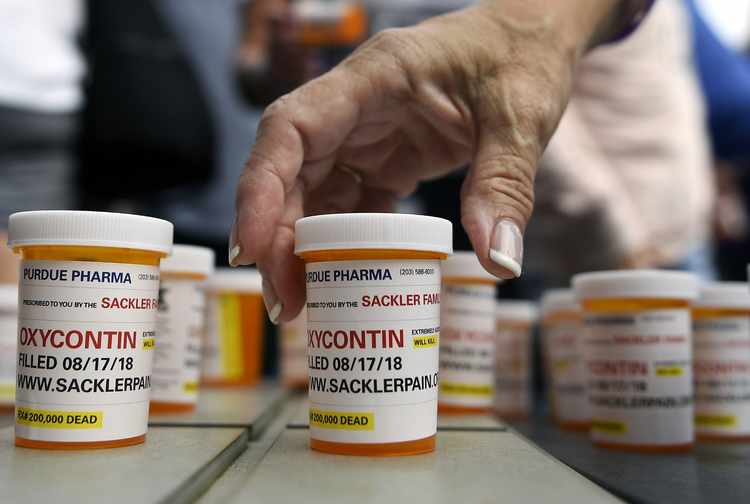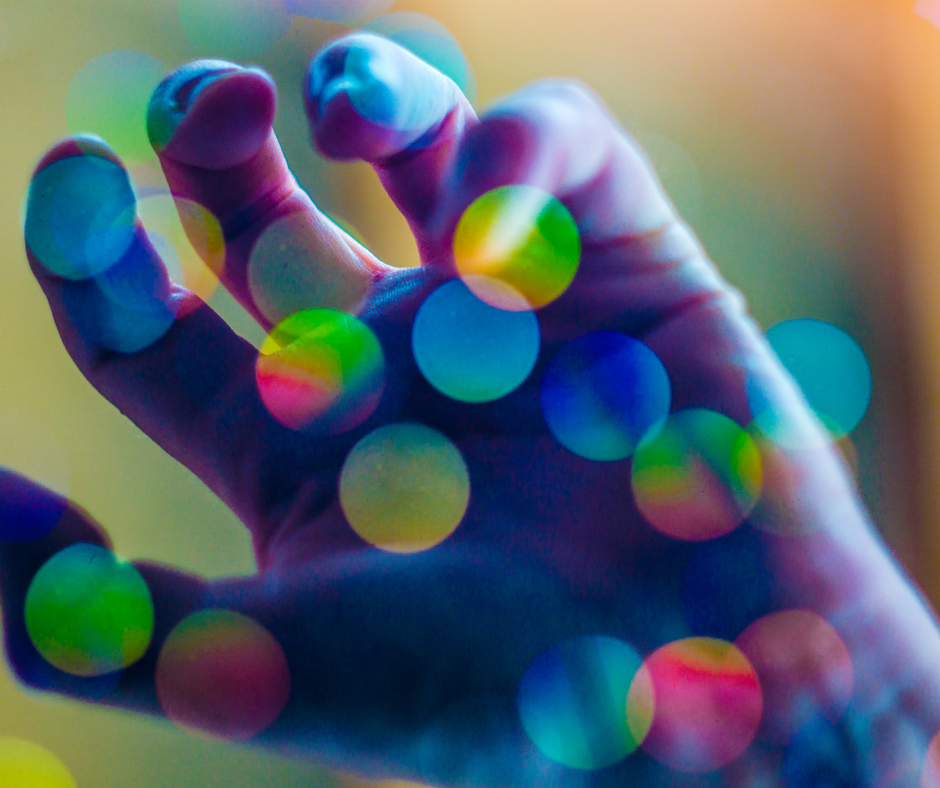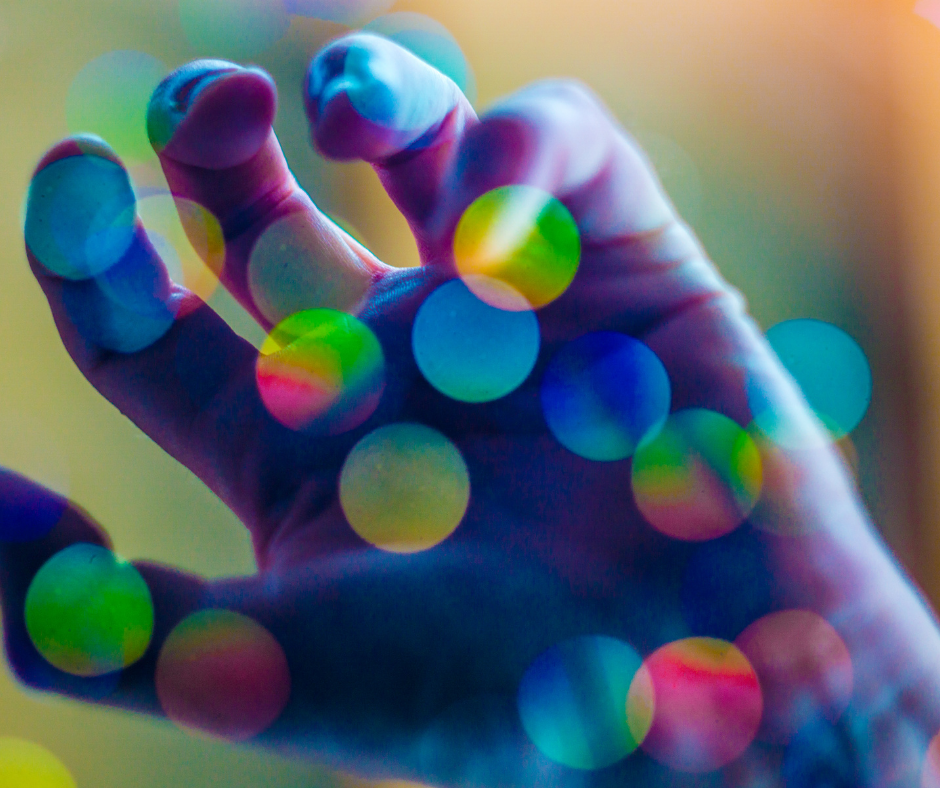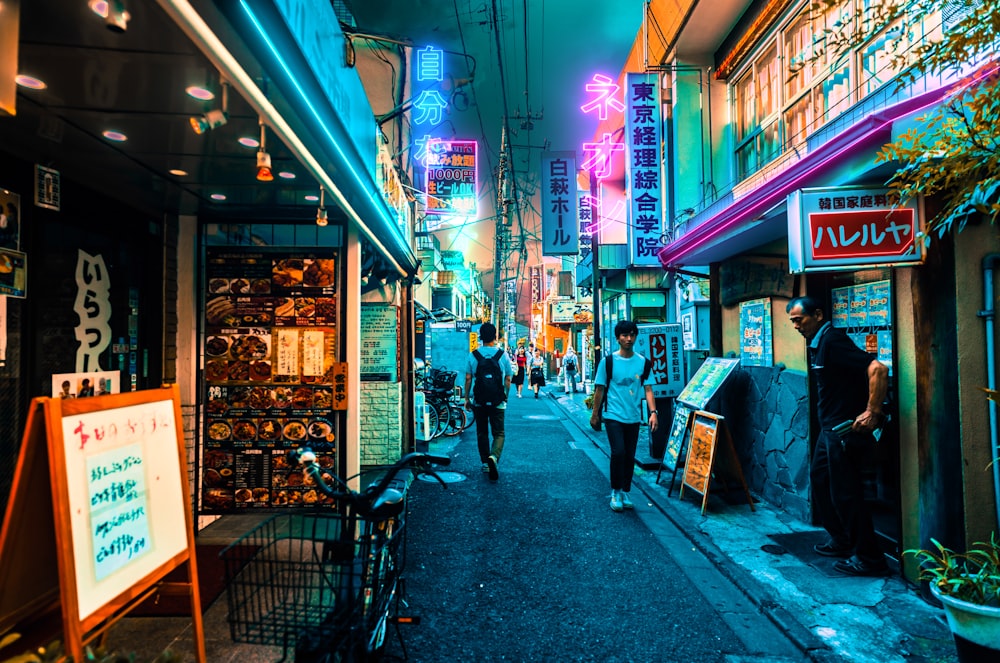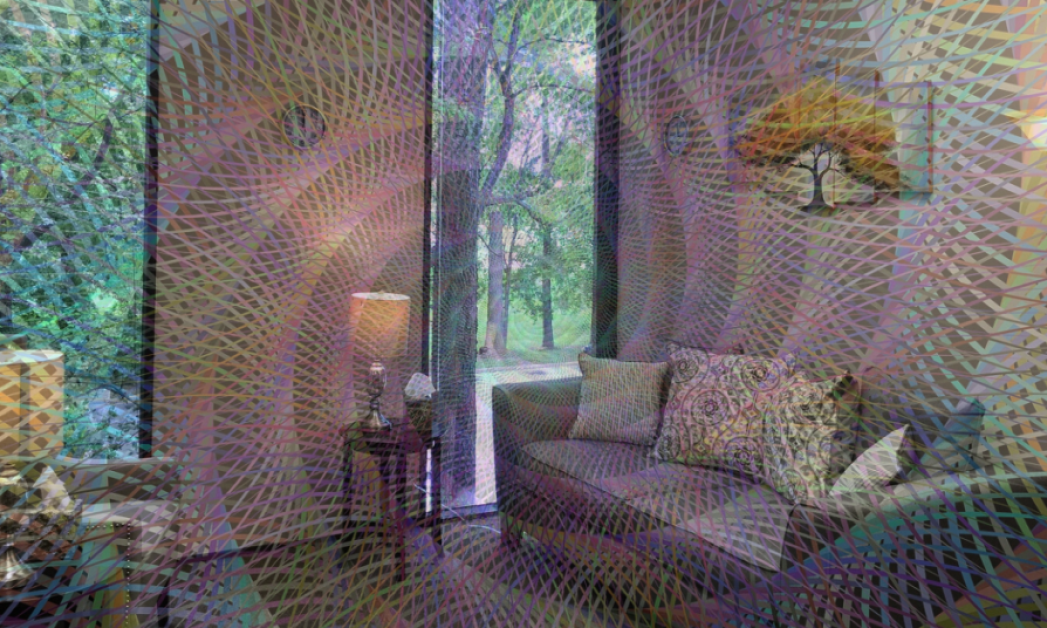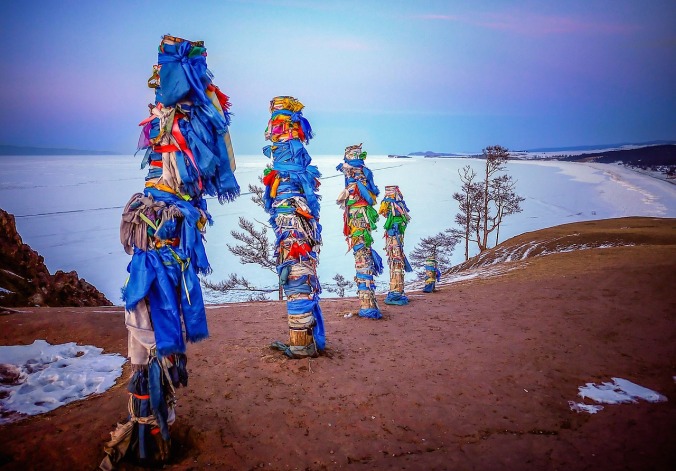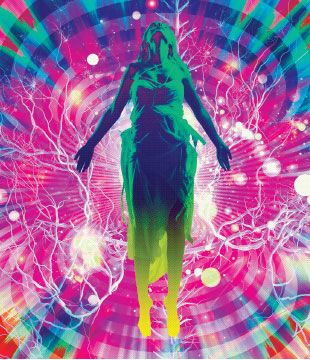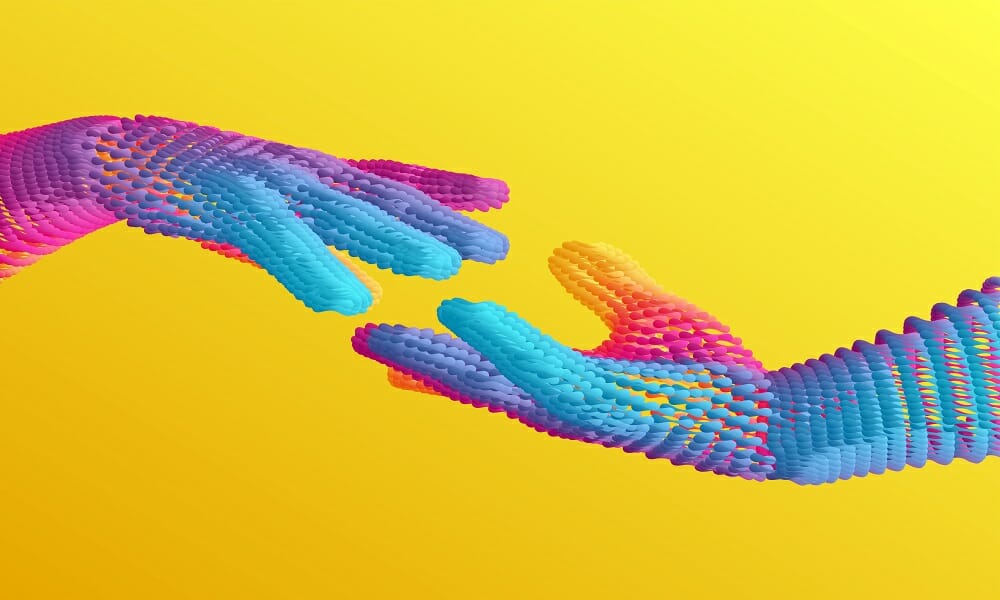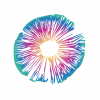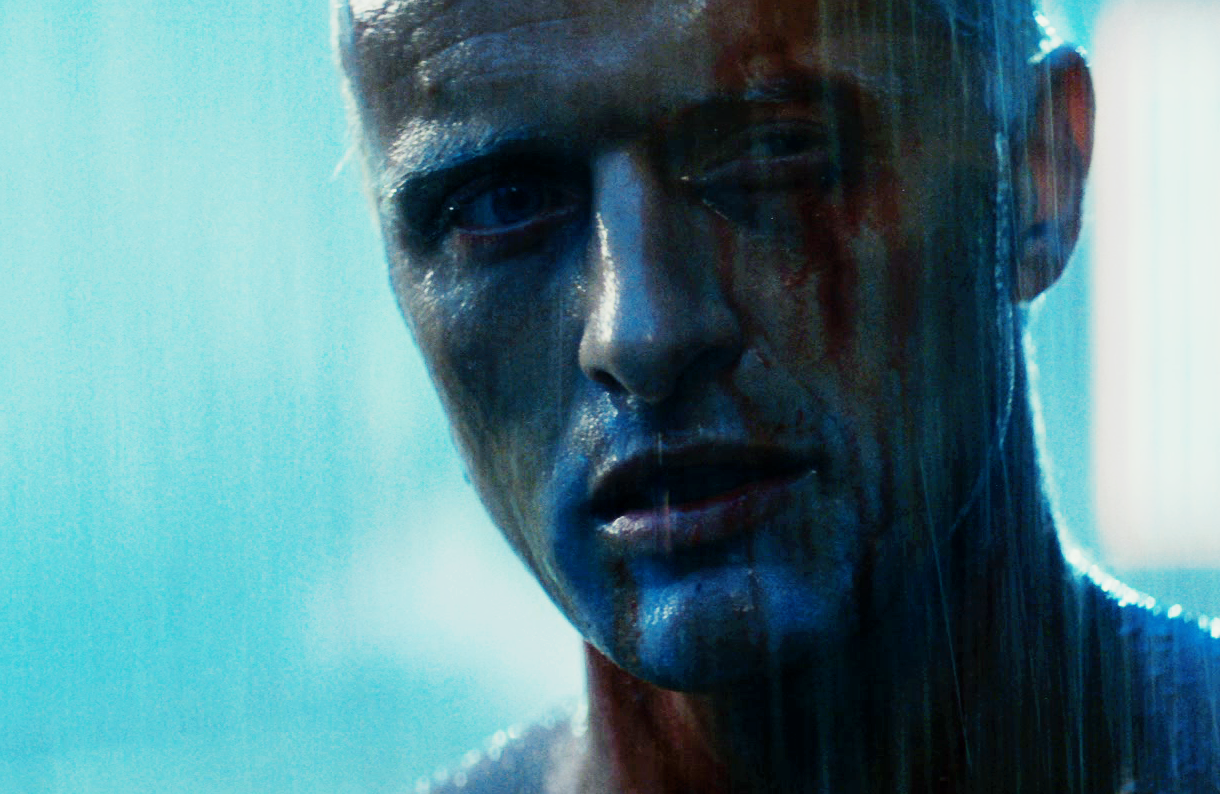Ten years of therapy in one night
by Daniel Pinchbeck | The Guardian
In 1962, Howard Lotsof, a 19-year-old heroin addict in New York, was given iboga by a chemist, a plant used in West African rituals, and he tried it for extra kicks. After consuming the bitter rootbark powder, he experienced a visionary tour of his early memories. Thirty hours later, when the effects had subsided, he found that he had lost all craving for heroin, without withdrawal symptoms of any kind. He said he then gave iboga to seven other addicts and five stopped taking drugs immediately afterwards.
In 1985, Lotsof patented the ibogaine molecule for the purposes of addiction treatment, but could not get his treatment approved. In the interim years, ibogaine had been declared, along with LSD and several other psychedelic molecules, an illegal "schedule one" substance, with potential for abuse and no medical value. Although it found dedicated support among a ragtag group of countercultural activists and left-over Yippies, in 1995 the National Institutes of Health discontinued research into the substance, and pharmaceutical companies have since ignored it, perhaps due to low profit potential.
But now, interest in ibogaine is growing rapidly, passing a "tipping point" through a combination of anecdotal evidence, underground activism, journalism and scientific research. Articles have appeared in US publications ranging from the authoritative Journal of The American Medical Association (Jama) to the populist Star. The Jama piece, Addiction Treatment Strives For Legitimacy, described the drug's stalled and tortured path through the regulatory agencies, noting that the treatment's frustrated supporters in the US have set up an "underground railroad" to give addicts access to the drug:
"While unknowable scores of addicts continue ingesting ibogaine hydrochloride purified powder - or iboga whole-plant extract containing a dozen or more active alkaloids - few trained researchers witness the events."
The Star took a more colourful approach: "Rare Root Has Celebs Buzzing" it said, trumpeting the treatment as the hot ticket for
"the numerous celebs who look for relief from their tough lives, a needle or prescription drugs." The article insinuates that "some of our favorite A-listers" not only get cured but enjoy the hallucinations as an illicit "fringe benefit." Outside the US, new clinics have opened in Mexico, Canada and Europe, offering reasonably priced, medically supervised opportunities to try ibogaine as a method of overcoming addiction.
Iboga is the sacred essence of the religion of the Bwiti tribe of Gabon and Cameroon. Most members of the tribe ingest it just once in their lives, during an initiation ceremony in which massive amounts of the powdered bark are consumed. Through this ritual, they become a baanzi, one who has seen the other world.
"Iboga brings about the visual, tactile and auditory certainty of the irrefutable existence of the beyond," wrote the French chemist Robert Goutarel, who studied the Bwiti. The iboga bark's visionary power is produced by a complicated cocktail of alkaloids that seems to affect many of the known neurotransmitters, including serotonin and dopamine. Its complex molecular key may lock into the addiction receptors in a way that resets patterns and blocks the feedback loops that reinforce
In an essay on ibogaine's anti-addictive properties, Dr Carl Anderson of McLean Hospital, Virginia, speculated that
"addiction is related to a disrupted relationship between the brain's two hemispheres, and that ibogaine may cause 'bi-hemispheric reintegration.' " Ibogaine also accesses REM sleep in a powerful way - many people need considerably less sleep for several months after an ibogaine trip.
Six years ago, I became a member of the Bwiti. I had heard about ibogaine in an anarchist bookstore in New York. On a magazine assignment, I went to Gabon and took iboga in an initiation ceremony. It was one of the most difficult, yet rewarding, experiences of my life. I had heard the substance described as "10 years of psychoanalysis in a single night" but, of course, I did not believe it. As the tribesmen played drums and sang around me until dawn, I lay on a concrete floor and journeyed back through the course of my life up to that point, witnessing forgotten scenes from childhood. At one point, I had a vision of a wooden statue walking across the room and sitting in front of me - later, I was told this was "the spirit of iboga" coming out to communicate with me.
My Bwiti initiation was complicated by a belligerent, greedy shaman who called himself The King and demanded more money from us before, during and after the ceremony. The King was also dissatisfied with the visions I described, and threatened to keep feeding me more iboga until I reported more impressive sights. The initiation, which lasted more than 20 hours, was ultimately liberating. At one point, I was shown my habitual overuse of alcohol and the effect it was having on my relationships, my writing and my psyche. When I returned to the US, I steadily reduced my drinking to a fraction of its previous level - an adjustment that seems to be permanent.
Recently, I tried ibogaine for a second time. I took it at the Ibogaine Association, a clinic in Rosarito, Mexico. I had been contacted by a heroin addict who had been inspired to take ibogaine after reading the book I wrote about my experiences: three months after his first treatment in Mexico, he was still clean - after a 12-year dependency. He told me,
"Your book saved my life." He had given Dr Martin Polanco, the clinic's founder, a copy of my book, and he had offered me a free treatment. I was curious to see how the experience would differ away from its tribal context. My new friend wanted to take it again to reinforce the effect. We went down together.
Polanco estimates that his clinic has treated nearly 200 addicts in its first 18 months. About one third of those patients have managed to stay clean - either permanently or for a considerable period; many have returned for a second treatment.
"Ibogaine needs to be much more widely available," Polanco says.
"We still have a lot to learn about how to administer it, how to work with it." He does not think iboga is a cure for addiction, but is convinced it is a powerful tool for treatment - and, in some cases, it is a cure. He plans to set up several non-profit clinics.
"This is something that should be non-profit," he says.
"After all, it is a plant. It came up from the earth. It does give you some guidance. It shows you how you really are." He chuckles.
"That can be scary."
The Ibogaine Therapy House in Vancouver, British Columbia, opened last November.
"So far, we have treated 14 people quite well," says Marc Emery, the clinic's founder and head of the BC Marijuana Party.
"They all say that their life has improved." Emery, nicknamed the "Prince of Pot", is funding the free clinic with proceeds from his successful hemp seed business.
"Ibogaine stops the physical addiction without causing withdrawal," he says,
"and it deals with the underlying psychological issues that lead to drug use."
Emery estimates that treatment for each patient at the clinic costs around $1,500, which includes two administrations of the drug.
"When I found out about ibogaine, I felt that someone should be researching this, but the drug companies aren't interested because there is no commercial potential in this type of cure." Neither he nor Polanco is too concerned about ambiguous studies on ibogaine's toxicity. As the Jama article noted,
"One reviewer wrote that the drug's toxicology profile was 'less than ideal', with bradycardia [an abnormally slow heartbeat] leading the list of worrisome adverse effects."
"From the masses of reports I have studied, a total of six people have died around the time they took ibogaine," says Emery.
"Some were in poor health, some took other drugs at the time of their treatment. That doesn't scare me off. I have a lot of confidence in ibogaine."
At this stage, with little scientific study, the true toxicology of ibogaine is impossible to determine - the treatment is unlicensed in other countries and illegal in the US. The decision whether or not to take such a risk is entirely personal. Emery notes that his clinic screens for heart problems and other medical conditions that might contraindicate the treatment. It also gives patients small daily doses of iboga for two weeks after their initial treatment.
"Iboga tends to make anything bad for you taste really crappy. If possible, we want our patients to quit cigarettes at the same time. We think that cigarettes can lead people back to other addictions."
Emery notes that nobody has so far criticised the project, and he is seeking support from local government.
"Iboga tells you to change your ways or else - it goes over all of your health and personal issues. It is like the ghost of Christmas past."
Randy Hencken drove us from San Diego to the Ibogaine Association. A 25-year-old former heroin addict who had kicked the habit after two ibogaine treatments at the clinic, he was now working for the association, going to local methadone centres with flyers and keeping in contact with former patients. The first treatment costs $2,800, including an initial medical examination and several days' convalescence afterwards, but subsequent visits are only $600 - and it seems most addicts need at least two doses of ibogaine to avoid relapsing.
"The Ibogaine Association is in a quiet, dignified house overlooking the Pacific, decorated with Buddhist statues and yarn paintings from Mexico's Huichol people. I was given a medical examination by Polanco and a test dose of the drug. Twenty minutes after ingesting the test dose, I started to feel nervous and light-headed. As I took the other pills - a gel-capped extract of the rootbark powder - I realised I was in for a serious trip."
"The nurse led me back to my room. My head already spinning, I lay back on the bed as she hooked me up to an electrocardiograph and headphones playing ambient music. Why was I doing this again? Ibogaine is no pleasure trip. It not only causes violent nausea and vomiting, but many of the "visions" it induces amount to a painful parading of one's deepest faults and moral failings. I had a loud, unpleasant buzzing in my ears - the Bwiti probably pound on drums throughout the ceremony to overwhelm this noise. With my eyes closed, I watched as images began to emerge like patterns out of TV static. I saw a black man in a 1940s-looking suit. He was holding the hand of a five-year-old girl and leading her up some stairs. I understood that the girl in the vision was me and that the man represented the spirit of iboga. He was going to show me around his castle."
While startling at the time, such an encounter with a seeming "spirit of iboga" is a typical vision produced by the Bwiti sacrament. In many accounts, people describe meeting a primordial African couple in the jungle. Sometimes, the iboga spirit manifests itself as a "ball of light" that speaks to the baanzi, saying,
"Do you know who I am? I am the chief of the world, I am the essential point!" Part of my trip took the form of an interview that was almost journalistic. I could ask direct questions of "Mr Iboga" and receive answers that were like emphatic, telegraphed shouts inside my head - even in my deeply stoned state, I managed to scrawl down in my notebook many of the responses.
I asked Mr Iboga what iboga was. I was told simply:
"Primordial wisdom teacher of humanity!"
Later, my personal faults and lazy, decadent habits were replayed for me in detail. When I asked what I should do, the answer was stern and paternal:
"Get it straight now!"
This ideal of straightness, uprightness, kept returning during the trip - a meaningful image for me, as I suffer from scoliosis, a curvature of the spine. When I was shown other faults that seemed rather petty and insignificant, I tried to protest that some of these things really didn't matter. Iboga would have none of it, insisting:
"Everything matters!"
Iboga told me that I had no idea of the potential significance of even the smallest actions. I reviewed some events in my life and my friends' lives that seemed bitterly unfair. Yet, in this altered state, I felt I could sense a karmic pattern behind all of them, perhaps extending back to previous incarnations. Iboga affirmed this, dictating:
"God is just!"
To many readers, these insights may sound trivial. They did not feel that way at the time. They were delivered with great force and minimalist precision. While they might have been manifestations of my own mind, they seemed like the voice of an "other". Generally, I never think in such direct terms about "God", and "primordial wisdom teacher" is not my syntax.
During the night, I had numerous visions and ponderous metaphysical insights. At one point, I seemed to fly through the solar system and into the sun, where winged beings were spinning around the core at a tremendous rate. Up close, they looked like the gold-tinged angels in early Renaissance paintings. Perhaps due to my recent reading of the Austrian visionary Rudolf Steiner, this whole trip had a kind of eco-Christian flavour to it. At one point, I thought of humans as an expression of the Gaian Mind, the earth's sensory organs and self-reflective capacities, at the planet's present state of development. If we are changing quickly right now, I considered, it is only because the earth has entered an accelerated phase of transformation, forcing a fast evolution in human consciousness.
The loud buzzing sound that ibogaine produced seemed to be something like a dial tone, as if the alkaloid were in itself a device for communicating on a different frequency than the usual one. Thinking of my girlfriend and our child, I realised that I was lucky -
"You are lucky!" Mr Iboga echoed. I felt tremendous, tearful gratitude that I had been given a chance to live and love, to explore and try to understand so many things.
As so often these days, I pondered on the terrible state of the world - wars and terrors and environmental ruin. I saw sheets of radioactive flame devouring cities, huge crowds reduced to cinders. I asked Mr Iboga if this was going to be the tragic fate of humanity. The answer I received was startling - and reassuring:
"Everything is safe in God's hands!"
As ludicrous as it may sound, this message has stayed with me and alleviated much paranoia and anxiety. While tripping, I decided that Mr Iboga was a form of enlightened mind, like a buddha who had chosen a different form, as a plant spirit rather than human teacher, to work with humanity, imparting a cosmic message of "tough love". At one point I asked if he would consider incarnating as a person, and the answer I got was, basically,
"Already did that!" - implying that, in some previous cycle, he had passed through the perilous stages of evolution we are now navigating. I also came away from this trip with the suspicion that iboga was the original inspiration for the tree of the knowledge of good and evil in the Biblical tale. The plant's placement in equatorial Africa, cradle of humanity, would support this idea, as well as its sobering moral rectitude. The "good and evil" that iboga reveals is not abstract but deeply personal, and rooted in the character of the individual.
Late in the night, I retched and vomited out bitter rootbark residue. I put on a CD of African drumming. Closing my eyes, I watched a group of smiling Bwiti women dance around a jungle bonfire. After that, the visions died down, although it was impossible to sleep until late the next night.
My friend in recovery had a less visionary experience. His faults were also paraded in front of him in repetitive loops that seemed endless. At one point, I heard him scream out,
"No! No! No!" He saw a possible future for himself if he didn't kick heroin - becoming a dishwasher, sinking into dissolute old age with a bad back and a paunch. He asked what he could do to help save the world. He was told:
"Clean up your room!" Meditating on his experience later, my friend quipped,
"Ibogaine is God's way of saying, 'You're mine!' "
https://www.theguardian.com/books/2003/sep/20/booksonhealth.lifeandhealth


